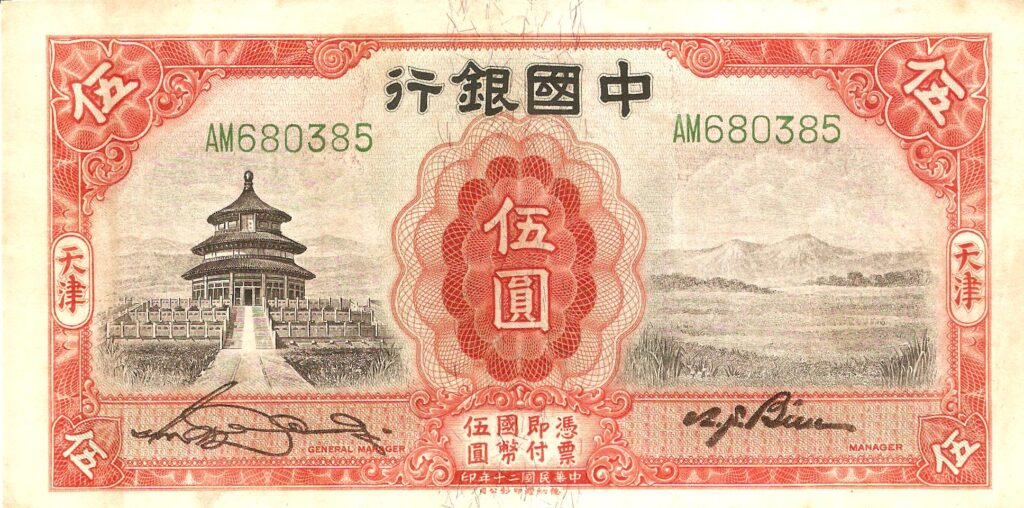Articles
The Rarest Oud?
I just returned from visiting my lifelong teacher, and the man I consider the greatest oud distiller alive.
He asked how my work is going and I told him about our People’s Series, or rather the idea of making oud ‘cheap again.’ He cracked up, confused at how we plan to make oud cheaper when the wood keeps getting more expensive.
I came from further up North where I visited the shop of one of the ‘big’ bosses at the behest of his friends who wanted to see my jaw drop looking at all his renowned agarelics. The highlight of the show was his Cambodian kinam that sells for $415 per gram and a vintage Vietnamese distillation. Except, I wasn’t looking at either Cambodi or kinam, but mainstay walla patta. And the ancient ‘Vietnamese’ oil was unmistakably Malaysian. A stinky, mediocre one.
This proved to me again that even the buzzing Chinese market is showing signs of panic. With strict fiscal reforms, collectors are holding on to their ouds tighter than ever before. That, while investors earnestly search for any and all quality oils while they’re available. One of them dropped over $400,000 in hard cash the day after I arrived on a single oil!
Between the Cambodi ‘Kinams’ and the Malaysian Guallams, the one thing you don’t find in China is Chinese oud. Dodgy dealers give it a go, but veterans don’t even try to fake it. Because quality Chinese oud is so distinctly recognizable (and practically inimitable), it’s too dangerous to try.
You know what the current market for Chinese oils is like. 9-year-old cultivated saplings. Nothing wild, and no vintage distillations in sight. Wild Yunnan has been dry for years and initiatives in Hainan have no recourse but for express cultivation. So, better buckle up for some serious inoculants.
I’m DYING to get my hands on quality Chinese wood, or oil… anything. But it’s not happening. I wish I knew what was coming back then and could get more while I had the chance.
You might not know this, but the pioneer of Malaysian oud distillation is Chinese. He’s now an older man, and in his words ‘getting lazy.’ He’s also one of the few who still has genuine vintage Chinese oud. But, even if you’re a close friend or relative, the best you can hope for is a swipe. He keeps his stash in his safe in a green army-issued metal water bottle. And that’s where it’ll stay. Like my teacher, he buys 5 kg logs of white kinam ($5 million) – doesn’t need to sell it. And his oil is not better than Hainan 2005, or China Sayang. He’ll be the first to admit it.
If we were going on current market value, Hainan 2005 and China Sayang ought to command the same prices as do high-end Vietnamese oils. They’re certainly more aged than any Guallams I know of. In fact, some Borneos sell for doubletheir price. Actually, even some of those ‘aged’ Malaysian Cambodis sell for double their price.
While good old-stock Indo-Malay batches run you about $30 a gram, similar Chinese wood goes for $60, $70, $80+… IF you can find any. And if it’s real Chinese wood, and not the Malaysian batches they’re importing, like they skillfully do in Vietnam and Cambodia.
As long as God gives me life, I will continue to grey my hair to bring you a new Malinau, or an EO rendition of old-school Kalimantan. But as things stand today, all the gray hairs in the world won’t get you better vintage Chinese oud than what you’ve got the chance to own here.
And here’s the irony. As if to provoke more laughter from my teacher, both these oldies are on sale for our Gong Xi specials – up to $160 off a bottle!
The only reason the prices of our vintage Chinese ouds aren’t fixed to market value is that we’ve had them since before anyone predicted the harvesting rampage we’ve seen in recent years. So, you don’t need a financial advisor to tell you what a bargain these ouds are.
That said… look closer, and you’ll discover that, in reality, there is no market value for Chinese oud. It’s that rare. In commercial terms, you’re looking at collectable artwork, not perfume.
Do yourself a favor and try to find a bottle of Royal Kinam for sale. This was our first Chinese release (and keep in mind that even back then, 11 years ago, nobody was offering anything like it, just like nobody has offered anything since). Nobody who has it wants to sell it. And I bet if you find one for sale, it’s going for close to (or more than) the current market price for olde Kambodis and Guallams, as it ought to.
And here’s the thing: Both Hainan 2005 and China Sayang are older than Royal Kinam. Older by two years, and in no way inferior. If you bought Royal Kinam in 2007, you paid little less than what you have the chance to pay for a bottle of the same caliber Chinese oud today – and get two years aging on top.
Invest in a bottle today and you instantly earn 20% profit just by selling it for its regular price. Wait till these oils become the new Royal Kinams and you could rightly expect a handsome return.
My teacher thinks I’m a fool for trying to bring prices down when all the forces are pulling them up. And an even greater fool for ignoring age-inflation and selling irreplaceable Chinese oud at ‘old’ prices. I might well kick myself later, but for now, here’s your chance to save BIG.

